Vanderven Oriental Art announces TEFAF New York Fall highlights
'S-HERTOGENBOSCH.- From October 27– 31, 2018, Vanderven Oriental Art will exhibit at TEFAF New York Fall (Stand 342). The long-established gallery, celebrating its 50th anniversary this year, is one of the world’s leading international dealers in Chinese export porcelain, Han and Tang pottery, and Chinese works of art.
Vanderven will showcase a selection of blue and white porcelain alongside works from Figures, an exquisite catalog celebrating the human form in Chinese antiques. This year, the booth’s focus will be on colossal porcelain vases, including a piece once owned by financier and avid art collector J.P. Morgan (1837-1913). The booth will also include an early and very fine white marble torso from the Northern Qi period:
Double Gourd Vases, China, Kangxi period (1662-1722), ca. 1710. Porcelain. H: 111cm (43.7in). Image © Vanderven Oriental Art.
Extremely large jars with covers, such as these, were exceedingly difficult to create. Despite their elegant double gourde (hulu) shape, they each weigh a massive 48 kg, establishing the skill and knowledge of the Chinese potter in the Kangxi era. Beside the challenge of producing a vase of this the sheer size, the more complex double-gourd form, was even more difficult to fire successfully, than the more typical straight-sided vase. This pair would probably have been part of a larger special commission by the Dutch East India Company (VOC). There are only four other known comparable examples, of this size and decoration, which are in the collection of Augustus the Strong (1670-1733) in Dresden, Germany. This pair are the only examples which, to our knowledge, have come onto the market in the last 30 years.
Provenance: Private Collection, USA
Triple Gourd Vase, China, Kangxi period (1662-1722). Porcelain. H: 101.9cm (39.8in). Image © Vanderven Oriental Art.
The large size of this vase testifies to the remarkable technical achievement of the Jingdezhen potters in the early 18th century. It would have been made in parts and then ‘looted’ together before entering the kiln. The failure rate when firing such monumental pieces was very high, making them a rarity and expensive to produce. Such large scale porcelain was no doubt intended for one of the European courts. The collection of Augustus the Strong in Dresden, still holds several similar vases in its collection.
Provenance: John Pierpont Morgan Collection of Chinese Ceramics; Joseph and Ben Duveen Brothers, Inc. Collection; The Norton Simon Foundation, acquired 1965; Parke-Bernet Galleries, Sale 3204, May 7-8, 1971, Lot 36; Private collection, USA.
Torso, China, Northern Qi period (549-577). White marble. H: 53.5 x 21cm (20.8 x 8.3in). Image © Vanderven Oriental Art.
An exquisite white marble figure.
Provenance: Private Collection, Belgium; with Zen Gallery Belgium, 2004.
Further highlights include:
Warriors, China, Early Tang Dynasty (618-907), late 7th century. Terracotta. H: 89.5cm (35in). Image © Vanderven Oriental Art.
A pair of warriors in a striking stance with fierce expressions. Their feet are apart, arms outstretched and fists clenched ready to fight off any evil forces. They wear full body armor bound with cords, worn over knee length tunics. One has puffy sleeves coming out of dragon mouth armholes, with a small scarf which is open at the neck. The other figure has flanged sleeves and a larger scarf draped over the shoulders, knotted at the neck. They both wear shin protectors over padded breeches and plain pointed-toe boots. Their helmets have upturned rims and a high pointed finial. The grey earthenware bodies are covered with a dark slip, decorated with white pigments and they stand on distinctive c-shaped bases. These figures would have been molded in separate parts, the finer details finished by hand.
TL Tested by Oxford Authentication, UK.
Provenance: Private collection, The Netherlands, 2017; with Priestley & Ferraro at TEFAF Maastricht 2008.
Seated Guandi, China, Kangxi period (1662-1722), ca. 1680-90. Enamel on Biscuit. H: 25.6 x 14.5cm (9.8 x 5.5in). Image © Vanderven Oriental Art.
A figure of the Daoist God of War, Guandi, seated in a semi-circular chair. His green robes hang loosely over his armor, a belt slung low around the hips. His right shoulder pad and the relief molded studded armor are visible. High on his chest and around his ample belly are two belts, the lower one with taotie mask buckle. The formal court hat has a draped cloth hanging over the back of his neck and shoulders. His gently smiling face with a friendly expression, has long wispy facial hair. His right hand is raised holding his beard, the left hand rests on his knee. The whole is enameled on the biscuit in green, yellow and aubergine glazes, the face and hands are left unglazed. The bottom is unglazed and shows an inventory number in red lacquer (J888). There is a square hole in the back, which could have been used for placing votive messages.
Guandi was the real historical figure General Guan Yu. He helped fight to restore the tottering Han Dynasty - together with Chang Fei and the dynastic heir Liu Bei -during the Three Kingdoms period (220-265AD). His feats are recounted in the epic historical novel Romance of the Three Kingdoms. This Ming dynasty book, describes his deeds of absolute righteousness, dignity and loyalty. Guandi’s deification, had already begun before this famous piece of literature was published. However, due to the introduction of woodblock printing in this period, popular fiction was far more easily distributed on a large scale, thus fueling his popularity.
Generously sized, finely modeled figures of Guandi such as this, are a rarity. A seated Guandi is in the collection of the Taft Museum, Cincinnati (1931.33). Another is in the Peabody Essex Museum, Salem (AE85883) and a standing Guandi with comparable enameling from the former Salting Collection, is now in the Victoria & Albert Museum, London (c.1071-1910).
Provenance: Private collection, UK; with Alfred Speelman, London, 1960‘s.
Guandi, China, Ming Dynasty (1368-1644), early 17th century. Blanc de Chine. Height 21.8 cm (8.2 in.). Image © Vanderven Oriental Art.
A finely modelled blanc-de-chine figure of Guandi, wearing a cloth cap tied on top of his head with two trailing ribbons. The frowning face has slanting eyes and an incised mustache and short side burns. He wears a scholars gown over armor, held in place by a belt around his chest; the toes of his boots are just visible. His hands are clasped to one side, concealed beneath long flowing sleeves. The porcelain in a creamy white with a rich glossy glaze. The relatively small size of the figure, suggests it was produced for personal devotion. The hollow body is incised around the inner rim with several irregular Chinese characters: 大明年造 (made in the Ming dynasty).
Provenance: Private collection, UK.
Hunters, China, Kangxi period (1662-1722), ca. 1700. Porcelain. Height 27.5 cm (10.6 in.). Image © Vanderven Oriental Art.
A set of three jars and covers, with a globular body, short neck and an unusually high spreading foot. The body is moulded and decorated in underglaze blue, with eight large panels, alternately containing scenes of hunters on horseback and riverscapes. Below these scenes, is a moulded band of overlapping small and large lotus leaves. On the shoulder are petal shaped reserves decorated with with sprays of flowers and fruit. Around both the neck and foot are a double band with a diaper and leaf pattern. The high domed lids, are decorated with six moulded lappet panels outlined with a thin blue line with flower sprays; the finial is white with a circular medallion with a stylised flower.
Hunting scenes were a typical decorative motif on finely decorated export-wares in the Kangxi period. On each of these vases, four of the eight main panels depict a different hunter, mostly men but some are women. They are carrying an array of hunting weapons including spears and bows, several hold a bird of prey. Hunting was an ancient aristocratic pass-time in China; it was widely practiced and considered to be an import skill.
Provenance: Private collection, Belgium.
Long Elizas, China, Kangxi period (1662-1722), ca. 1700. Porcelain. Diameter 36.5 cm (14.1 in.). Image © Vanderven Oriental Art.
A porcelain food tray for sweetmeats, consisting of a central star-shaped dish surrounded by eight lappet-shaped dishes. The dishes have a double raised edge, in a brown colour, which may have been gilded. Each dish is painted with ladies involved in various domestic activities. The scenes are set in the garden as well as indoors, some also include playing children. Each scene is different - the central dish portrays two ladies playing weiqi and one of the side dishes portrays a lady playing the Qin.
The decoration of elongated slender ladies on porcelain was a particularly popular motif during the Kangxi period. They were known as mei ren (beautiful women) in Chinese and became known as lange lijzen ('long elizas') in Dutch. This term, which was coined in The Netherlands, is now a generic term used to describe a décor of domestic scenes with elegant Chinese ladies.
Sweetmeat sets were also produced in other glazes, decoration and shapes, for the domestic market as well as for export. Even though individual dishes are quite often found in the market, complete sets are now rare. The Topkapi Museum (Istanbul) has various incomplete sets with a similar décor. Complete sets, but in famille verte enamels, are in the Victoria & Albert Museum, London and The Peabody Essex Museum (Salem).
Provenance: Private collection, The Netherlands.
European Lady, China, 18th century, ca. 1775, 46.5 x 36.5 cm (18.1 x 14.1 in.). Image © Vanderven Oriental Art.
An oval reverse mirror painting of an elegant European lady. She looks away to the left, with a mask in her raised right hand. An sumptuous ermine-trimmed cloak is draped over her low-cut gown. She wears pearl earrings, a necklace and a large broach on the décolletage. On her head is a plumed turban, one long coil of brown hair falling over her left shoulder. The gilt frame is probably the original Chinese one, copied from a Western prototype.
This painting is reproduced from a print of a painting by Henry Morland, The Beauty Unmask’d. A copy of the mezzotint by Philip Dawe (1770), is in the British Museum. Prints and engravings with European subject matters, would have been sent to China to be reproduced in the painting workshops.
Vanderven, based in the charming Dutch medieval town of ‘s-Hertogenbosch, reaches collectors worldwide through its participation in renowned fairs such as TEAFAF New York Fall.

/https%3A%2F%2Fprofilepics.canalblog.com%2Fprofilepics%2F1%2F0%2F100183.jpg)
/https%3A%2F%2Fstorage.canalblog.com%2F03%2F02%2F119589%2F96711876_o.jpg)
/https%3A%2F%2Fstorage.canalblog.com%2F11%2F31%2F119589%2F94773502_o.jpg)
/https%3A%2F%2Fstorage.canalblog.com%2F20%2F83%2F119589%2F94772815_o.jpg)
/https%3A%2F%2Fstorage.canalblog.com%2F26%2F72%2F119589%2F75604929_o.jpg)
/https%3A%2F%2Fstorage.canalblog.com%2F59%2F60%2F119589%2F26458628_o.jpg)

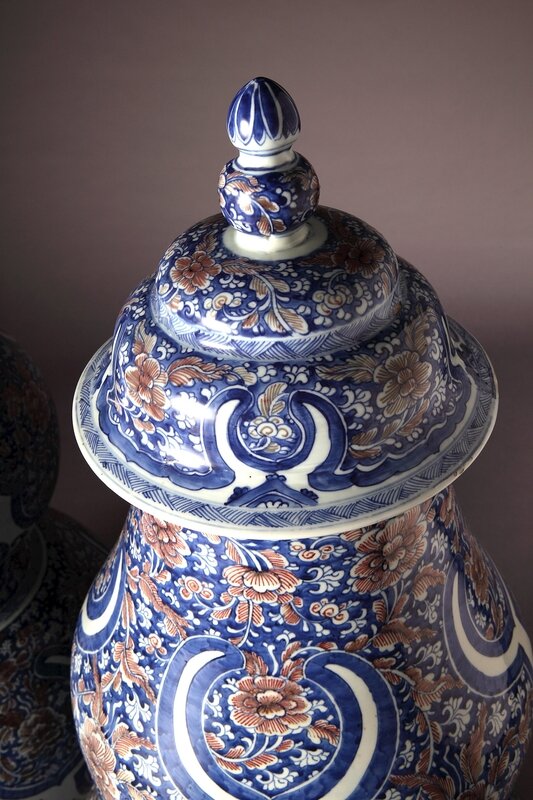
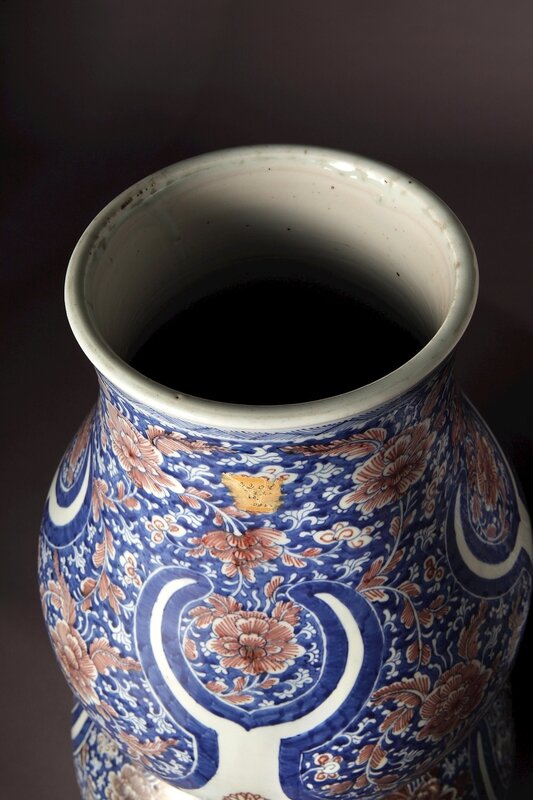


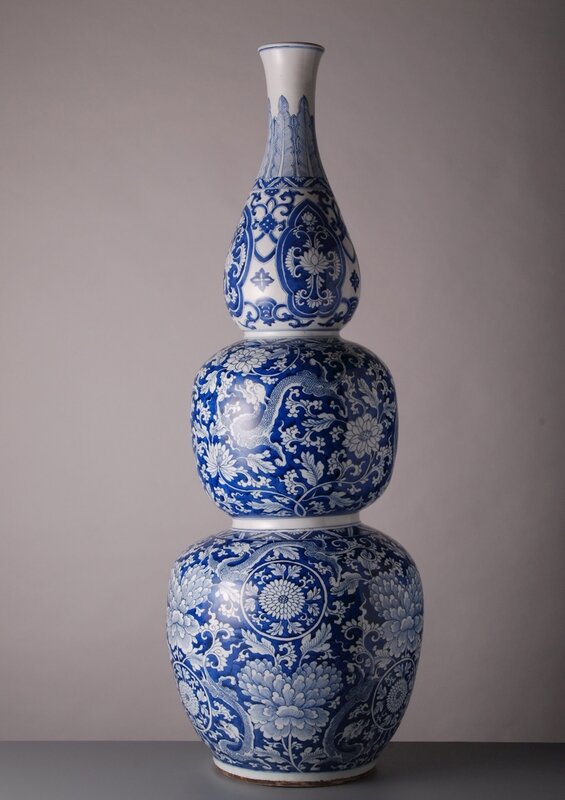


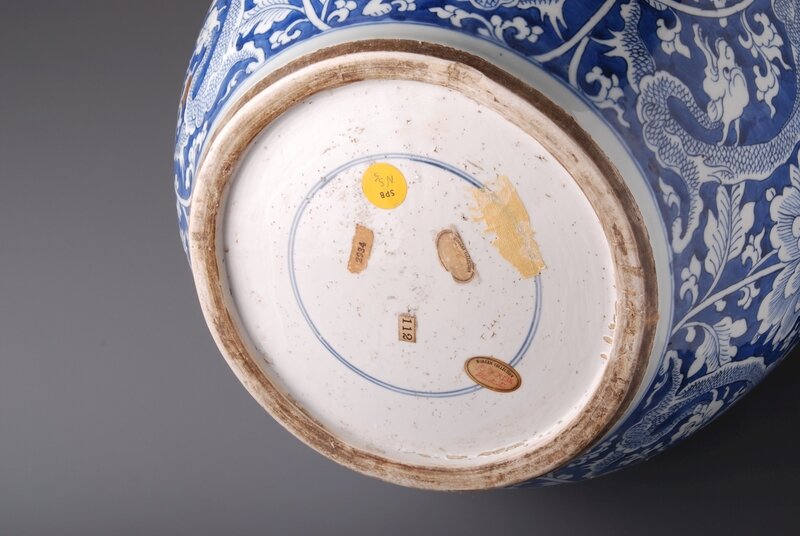





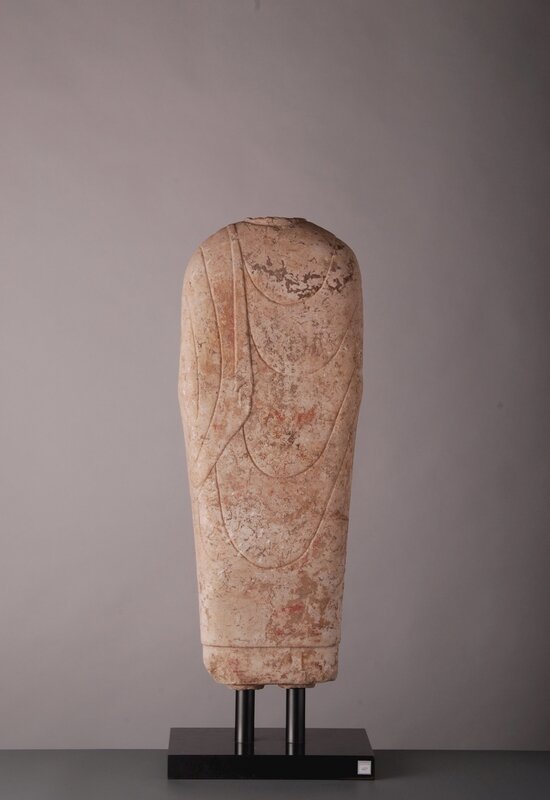

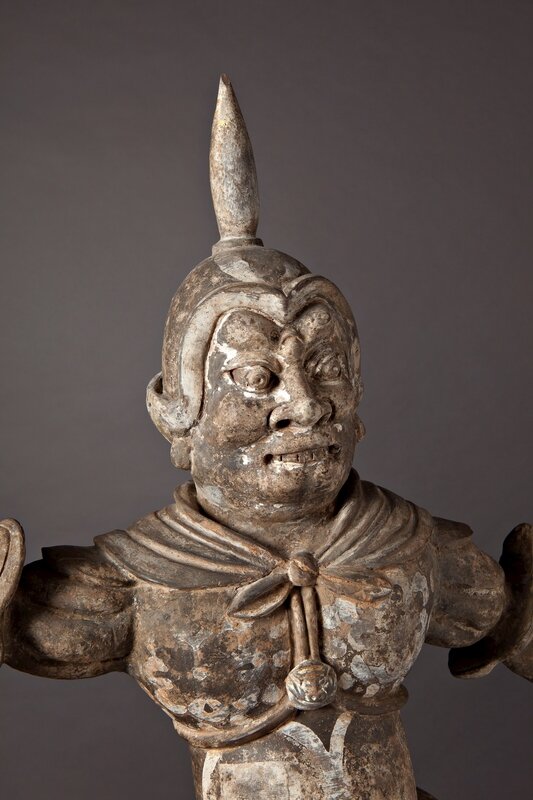


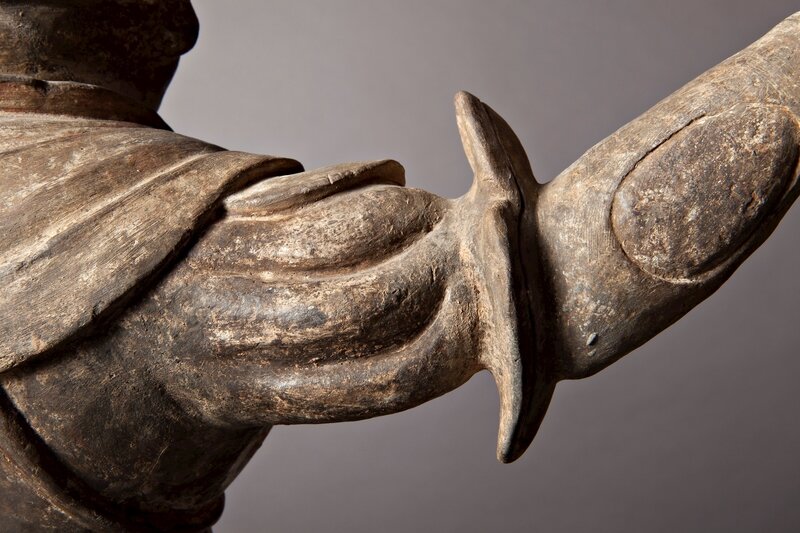

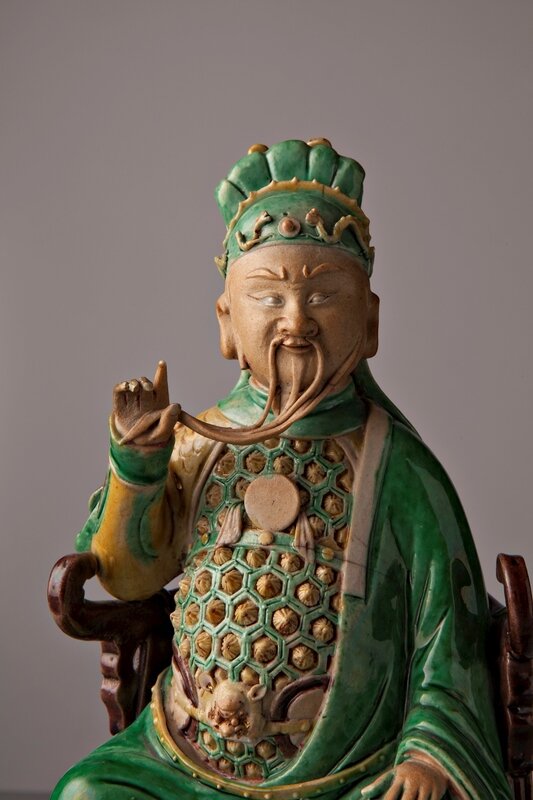

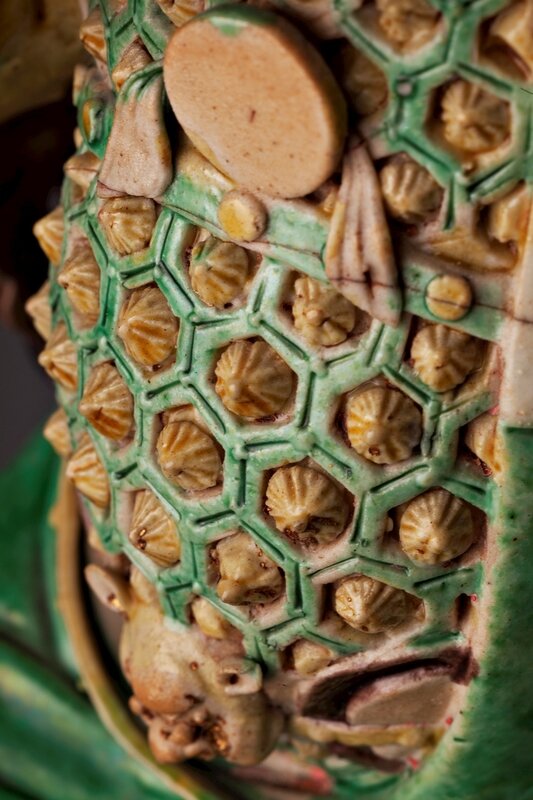







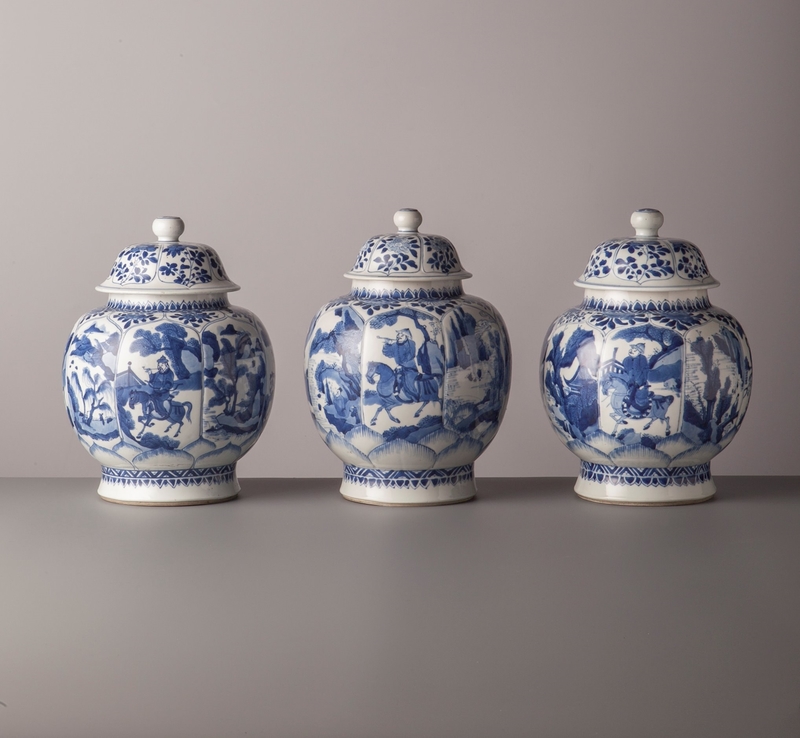
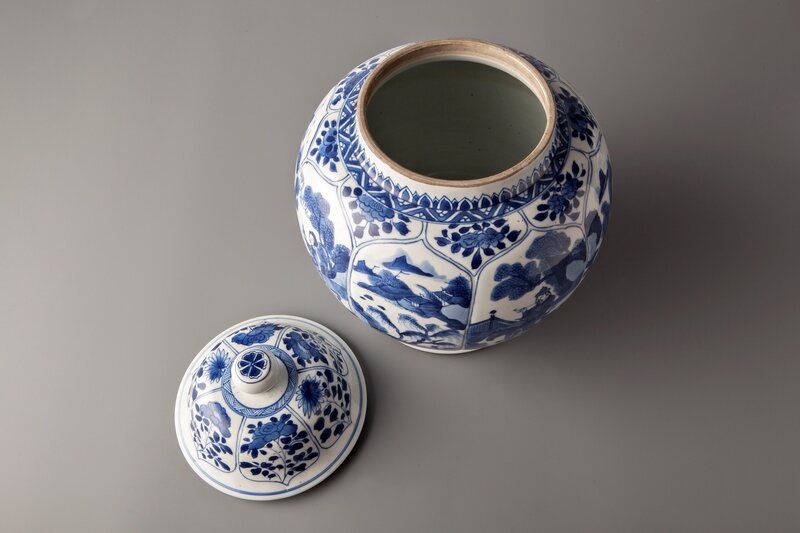
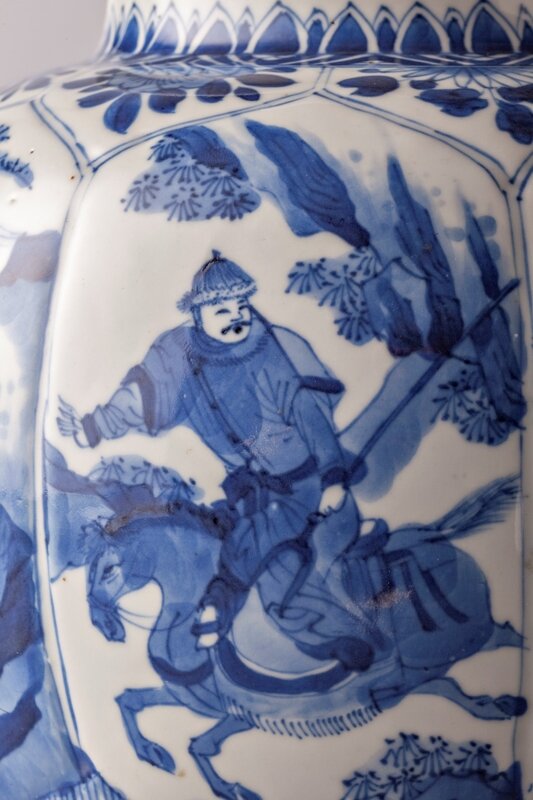





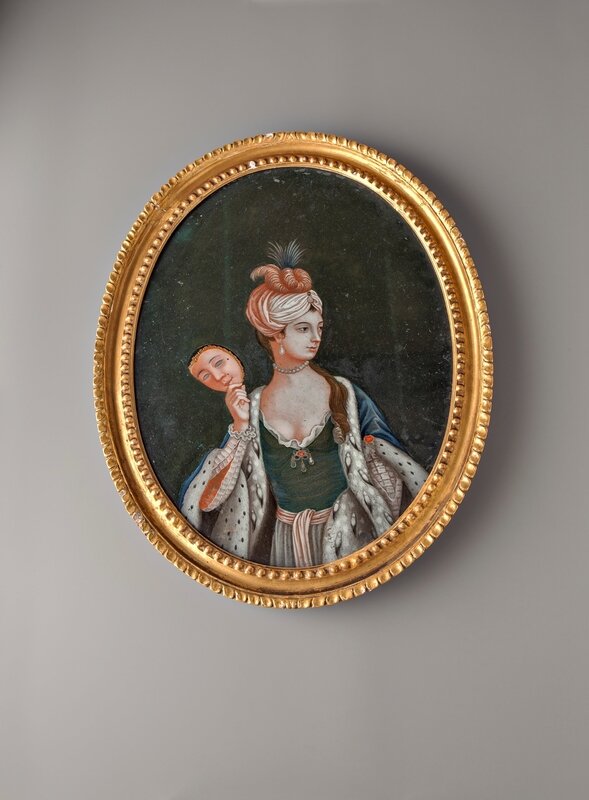
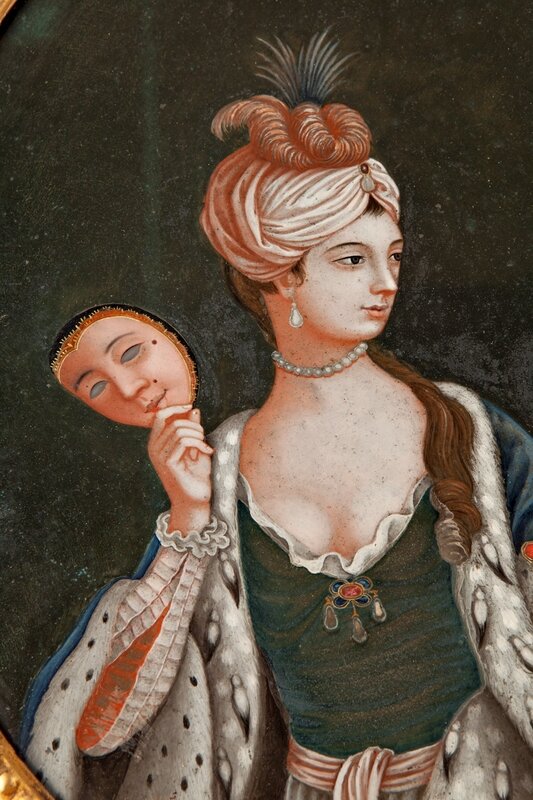





/image%2F1371349%2F20240328%2Fob_76fe04_849-1.jpeg)
/http%3A%2F%2Fstorage.canalblog.com%2F47%2F28%2F119589%2F129635673_o.jpg)
/http%3A%2F%2Fstorage.canalblog.com%2F54%2F99%2F119589%2F128866597_o.jpg)
/http%3A%2F%2Fstorage.canalblog.com%2F07%2F62%2F119589%2F128763506_o.jpg)